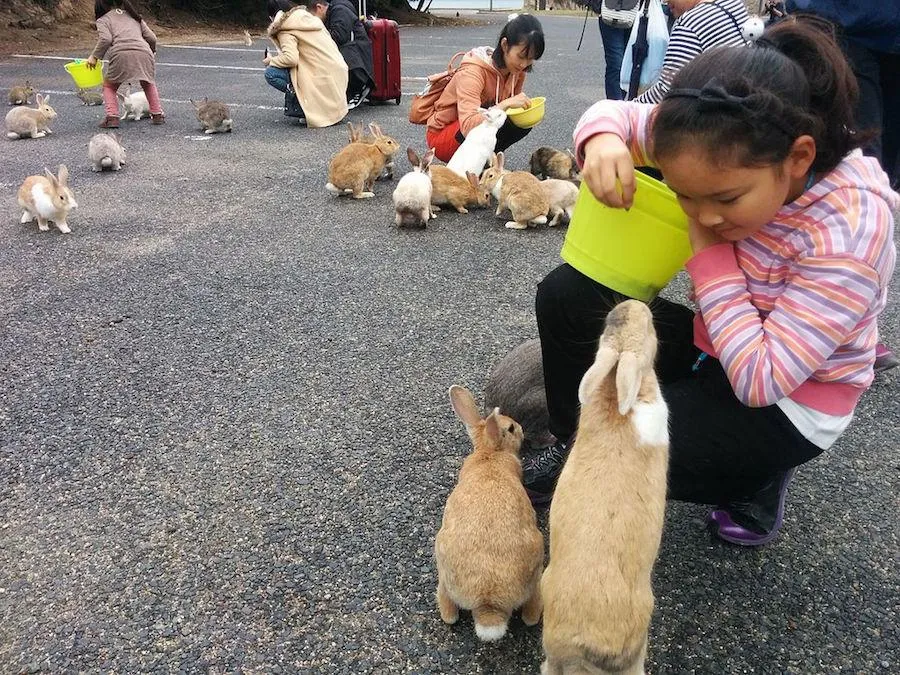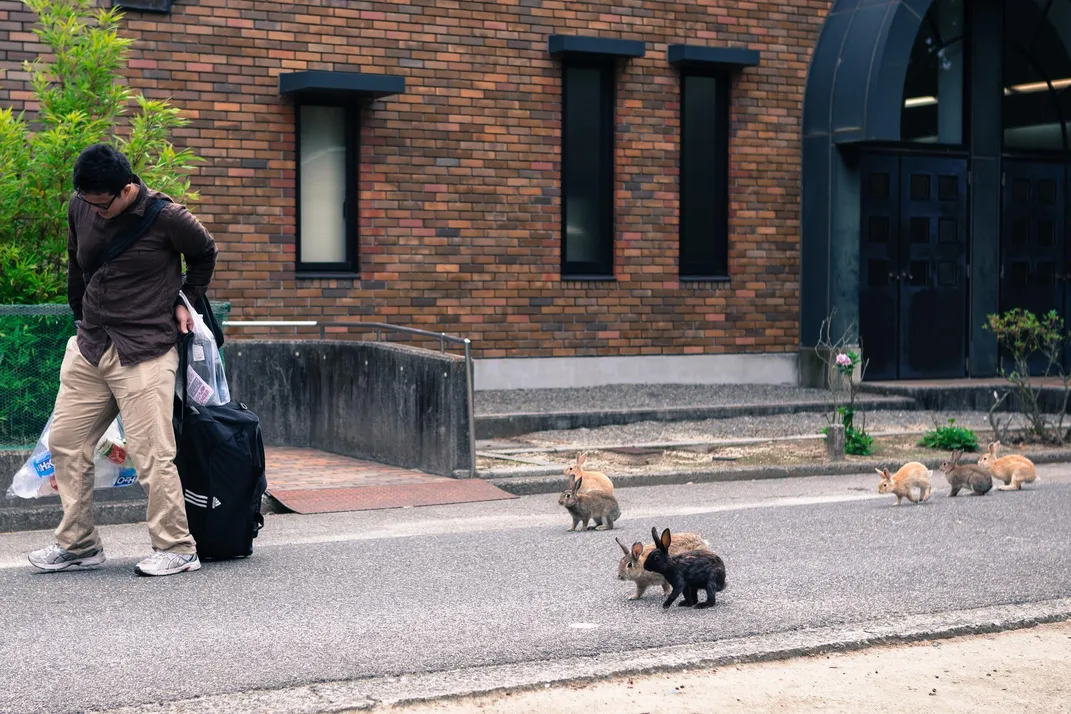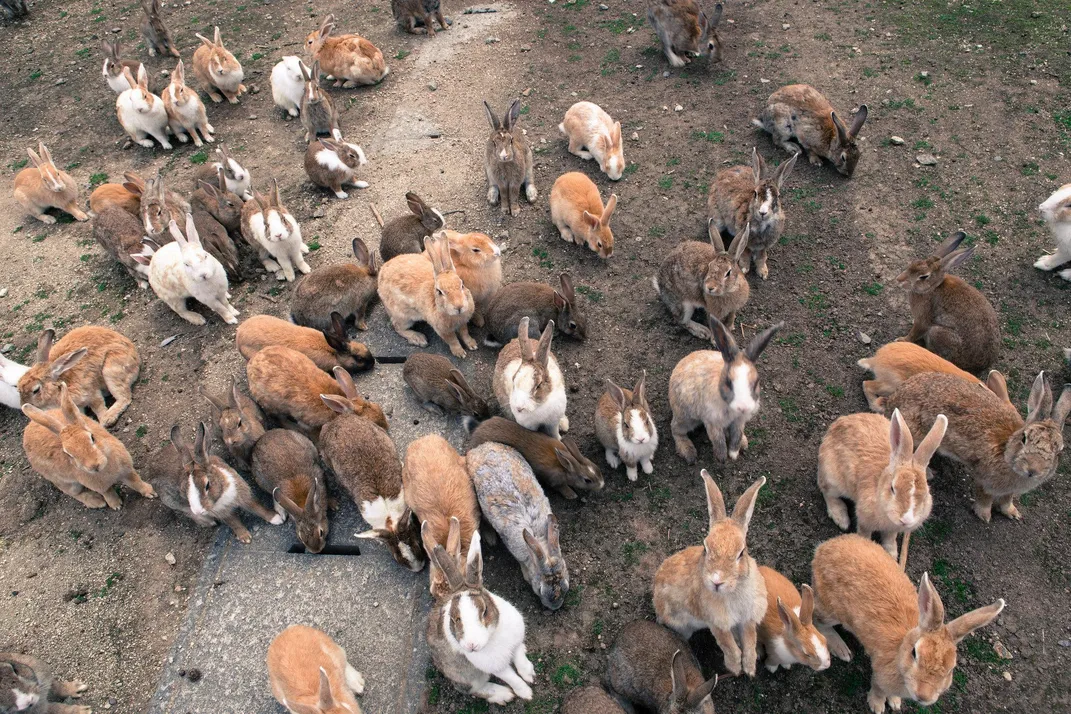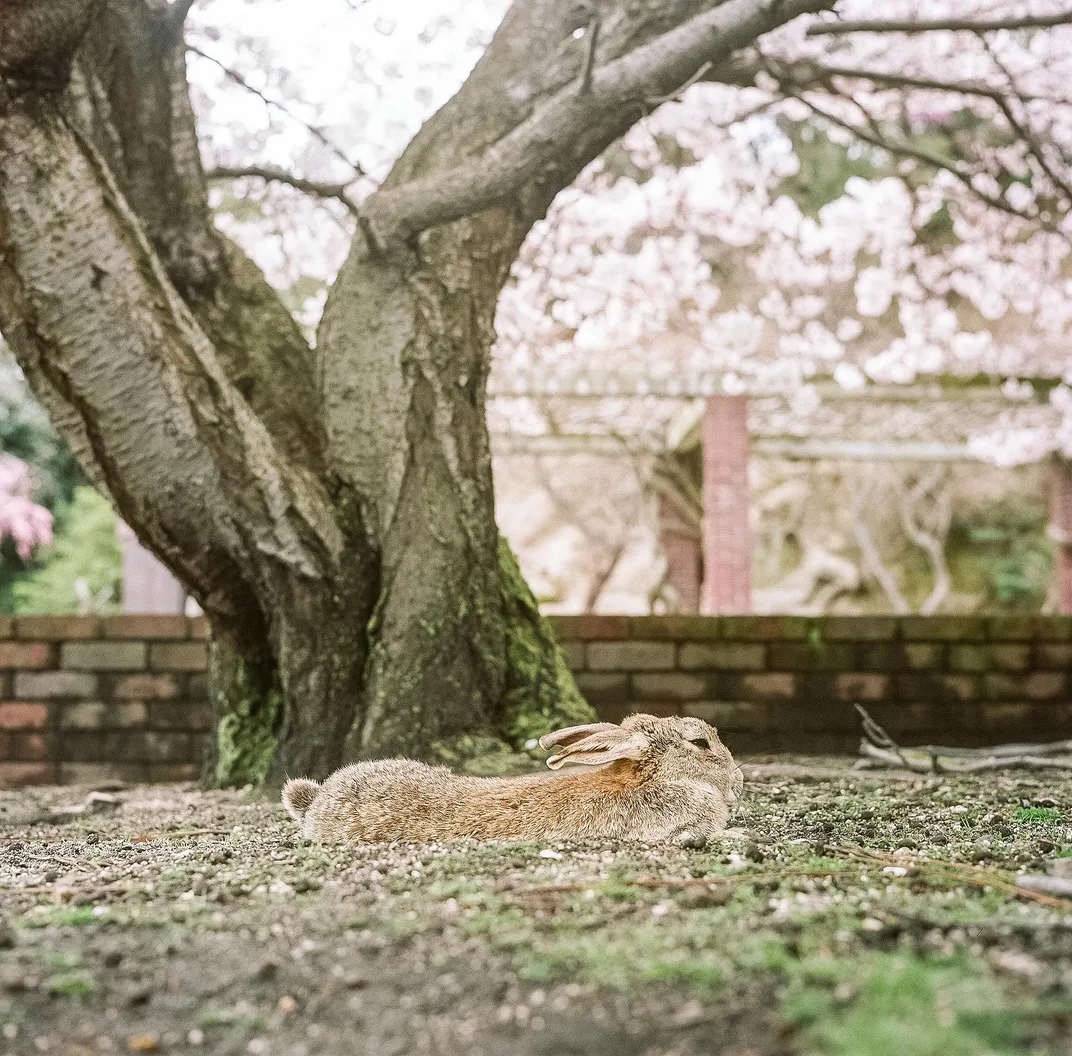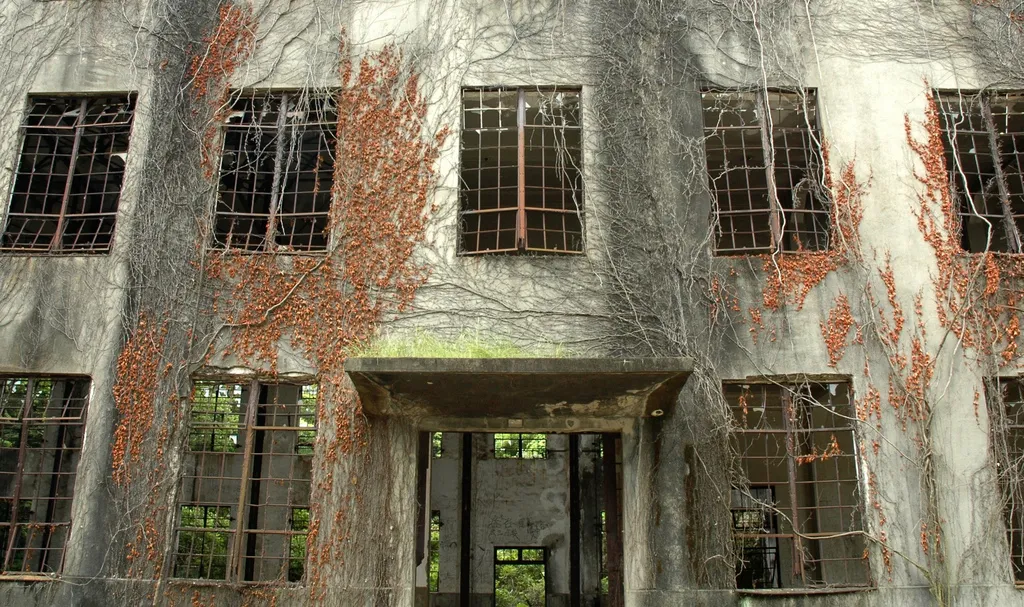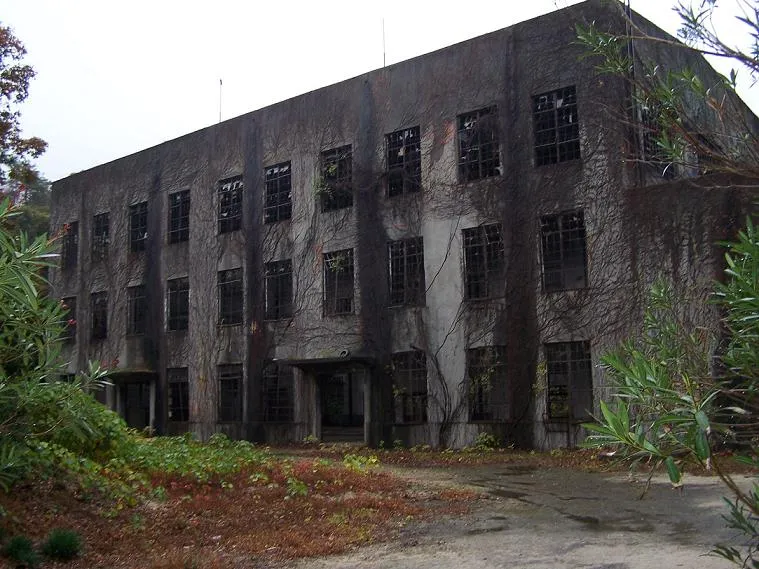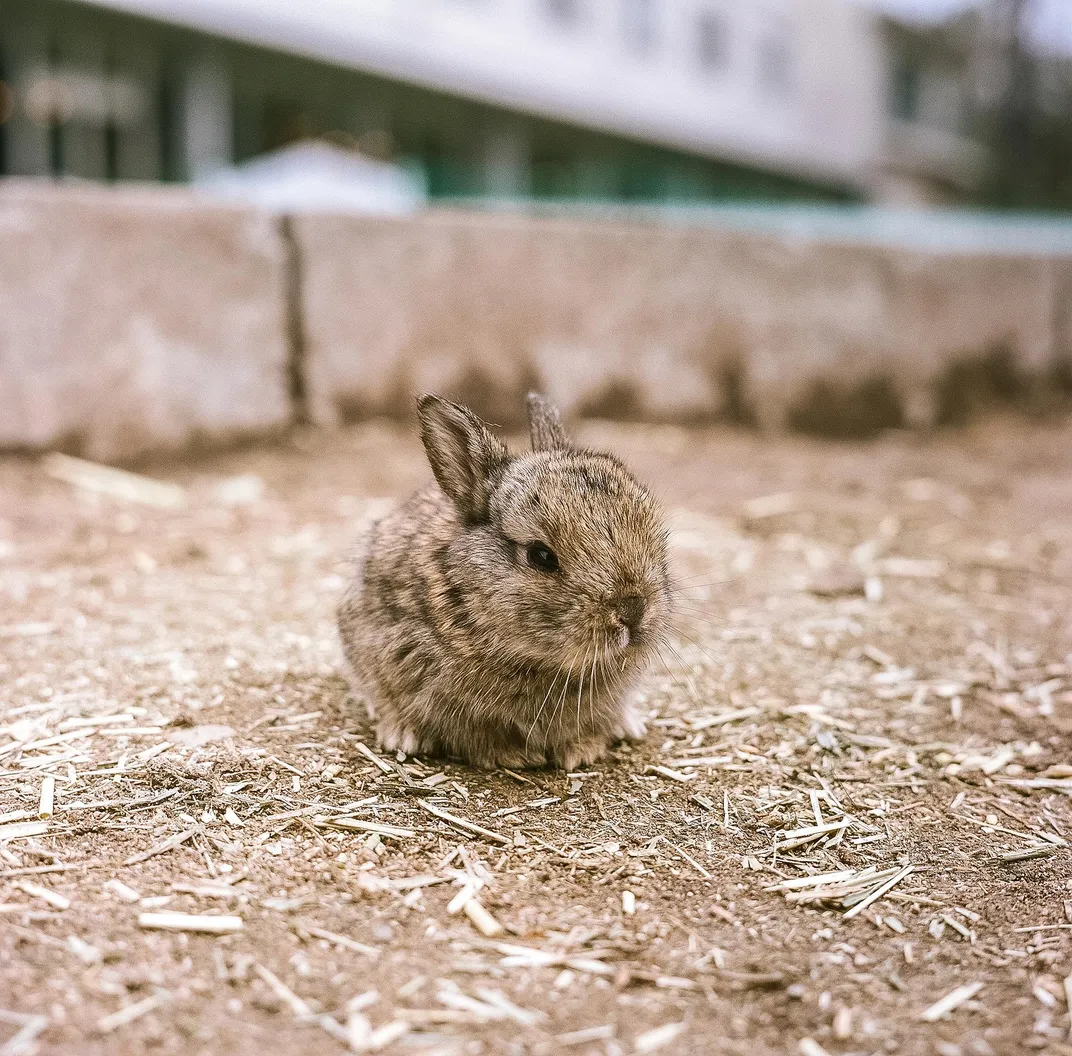The Dark History of Japan’s Rabbit Island
This article originally appeared on Modern Farmer.
There is an island where rabbits rule. They are well fed, free from predators, and spend their time lounging around getting photographed by fawning humans. So where is this bunny paradise?
It’s a small island in the Seto Inland Sea called Ōkunoshima, two miles off the coast of the Japanese city of Takehara, in Hiroshima Prefecture. These days, though, it’s most often referred to by its nickname Usagi Jima, which translates to Rabbit Island and is so named for the hundreds of feral rabbits that call it home.
It’s a bit of a mystery how all these bunnies ended up on a tiny island whose previous claim to fame (infamy, actually) was as the spot where the Japanese Imperial Army manufactured thousands of tons of poison gas during World War II in a facility so secret the island was removed from all Japanese maps. According to The New York Times, the poison—mustard gas, phosgene and other types—was used against Chinese soldiers and civilians in the 1930s and 40s during the war in China, killing about 80,000 people by some estimates.
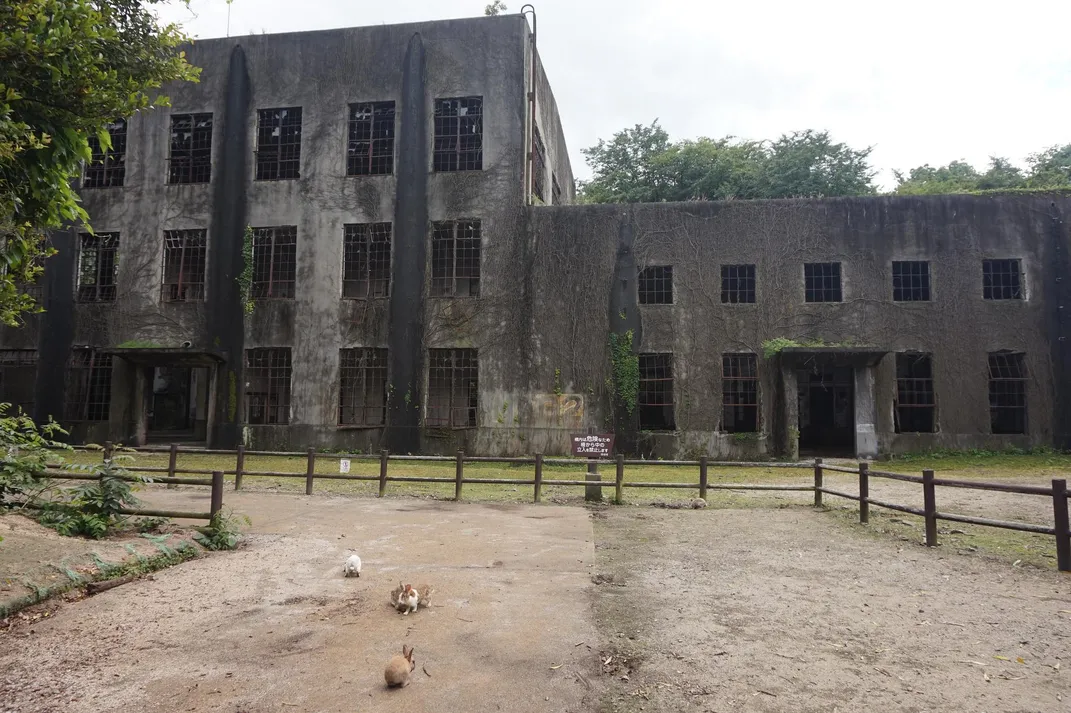
Some believe the island’s terrible history may hold the key to why rabbits now call it home. Back in 1929, when the army began manufacturing chemical weapons, rabbits were brought to the island and used to test the effectiveness of the poison gas, according to The Guardian. This gave rise to the belief that workers may have released the captive animals onto the island following the war. Most experts disagree with this version of events, though. Ellis Krauss, a professor of Japanese politics at the University of California San Diego, told the website The Dodo in a 2014 interview that the original rabbits were wiped out after the war: “The test rabbits were all euthanized by the Americans when they came to the island during the Occupation… about 200 of the poor things were being [used] in experiments by the Japanese,” said Krauss.
So if these rabbits aren’t the descendants of the test bunnies, where did they come from? About eight rabbits may have been released by a group of school kids back in 1971. With no predators to worry about—cats and dogs are banned, as is hunting—these fast-breeding mammals may have multiplied (as they are famous for doing) to their present population of around 1,000 animals.
There may be an unfortunate side effect of the newfound popularity of Rabbit Island. According to researchers who spoke with takepart.com, all the visitors feeding the feral bunnies has led to an unsustainable population boom that has destroyed the island’s ecosystem. Similarly, what and when the rabbits are fed is wreaking havoc on their health resulting in only a two-year lifespan. They are often given cabbage, not the best choice for bunnies since it can cause bloat and is low in fiber, something the animals need a lot of to stay healthy. The boom and bust cycle of being fed a ton of food on sunny days during holidays and nothing at all on rainy days when no one comes to visit is compounding the problem since rabbits need a steady amount of food and there is very little vegetation left on the island for them to eat when tourists aren’t around.
Here’s some from Rabbit Island— see for yourself:
More stories from Modern Farmer:
- Would You Eat Chicken Grown in a Lab?
- 6 Differences Between Llamas and Alpacas
- Everything You Need To Know About Duck Eggs
Planning Your Next Trip?
Explore great travel deals
Smithsonian magazine participates in affiliate link advertising programs. If you purchase an item through these links, we receive a commission.
